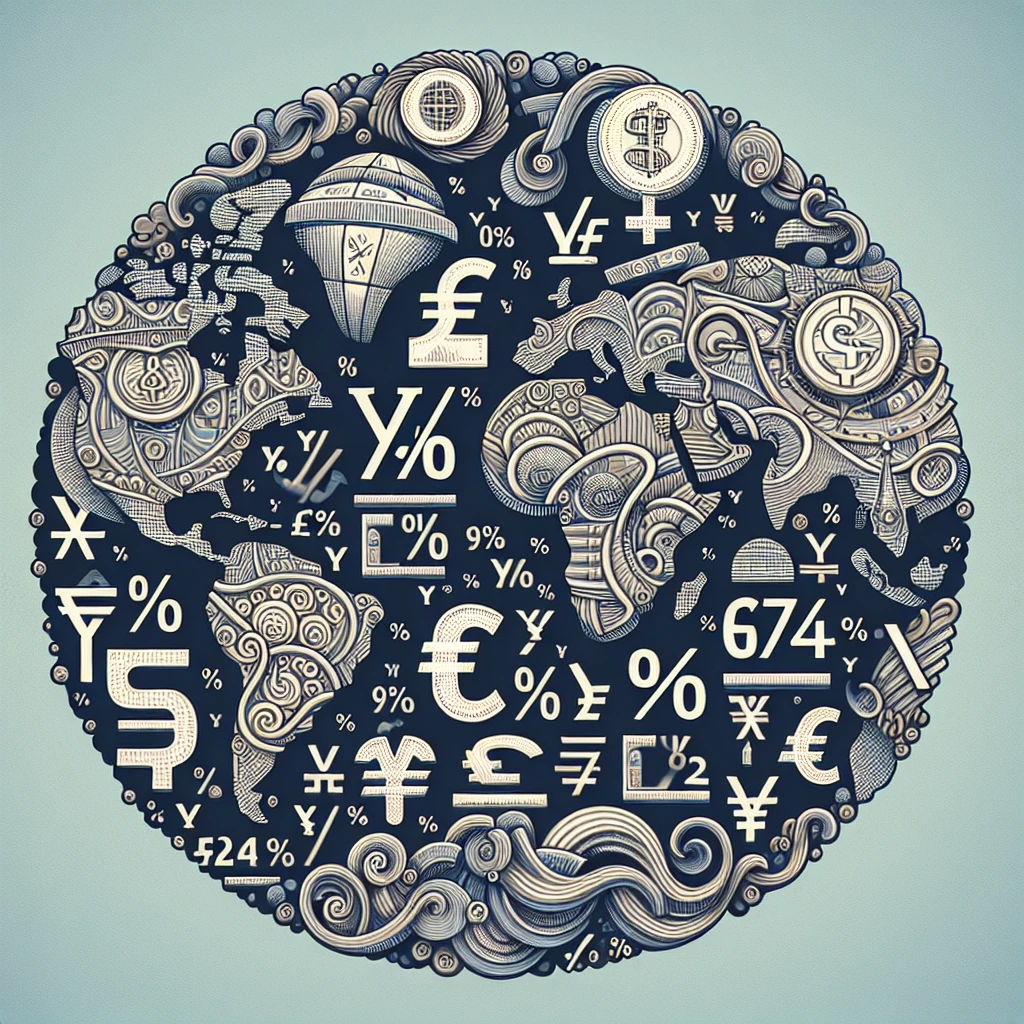VAT/GST Automation Tools
When it comes to managing VAT/GST in ecommerce, the tedium of calculations and compliance can bog down even the most efficient entrepreneurs. Thankfully, VAT/GST automation tools are game-changers, meticulously designed to handle the heavy lifting. These tools not only calculate taxes with precision but also keep abreast of the ever-evolving tax laws across different jurisdictions, ensuring your business remains on the right side of compliance.
Let's delve into some of the frontrunners in this space. A robust VAT/GST automation tool should offer features such as real-time tax rate determination, seamless integration with your ecommerce platform, and detailed reporting that can aid in accurate filings. Here are a few that stand out:
- Tool A: Known for its comprehensive tax compliance suite, it simplifies the tax lifecycle from calculation to filing.
- Tool B: This tool shines with its multi-platform adaptability, making it a favorite among sellers who operate across various online marketplaces.
- Tool C: With a focus on user experience, it offers a streamlined interface that demystifies VAT/GST management for the less tax-savvy.
Integrating these tools into your business can significantly reduce manual errors and save time. For a deeper dive into how these tools can transform your tax processes, consider exploring articles on VAT/GST compliance best practices and step-by-step accounting for VAT/GST in ecommerce.

Integrating VAT/GST Software with Ecommerce Platforms
Integrating VAT/GST software with your ecommerce platform is like fitting the last piece of a complex puzzle. It's the step that brings the entire picture of streamlined operations into clear view. For ecommerce businesses, this integration is not just a convenience; it's a strategic move that can lead to significant efficiency gains, error reduction, and compliance peace of mind.
Here's why savvy ecommerce operators are making this integration a top priority:
- Accuracy: Manual tax calculations are prone to errors. By integrating VAT/GST software, you ensure that tax rates are applied correctly and consistently across all transactions, without the need for constant manual updates.
- Compliance: With rules and rates varying by country and sometimes by region within countries, keeping up manually is a Herculean task. Integrated software solutions stay updated with the latest tax laws, helping you avoid costly penalties associated with non-compliance.
- Time-saving: Automation of tax calculations frees up valuable time that can be redirected to growth-focused activities, rather than getting bogged down in the minutiae of tax compliance.
- Financial insights: Integrated VAT/GST software provides real-time visibility into your tax liabilities, allowing for better financial planning and decision-making.
- Scalability: As your business grows, your tax complexities grow with it. An integrated system scales with your business, handling increased transaction volumes without skipping a beat.
To get started, you'll want to choose a VAT/GST software that's compatible with your ecommerce platform. This could mean selecting a tool that already has a built-in integration or one that offers an API for custom connections. Once set up, the software should seamlessly sync with your sales data, applying the correct tax rates at checkout and compiling the data necessary for accurate tax filings.
For a more granular look at the integration process, consider reading Accounting for VAT/GST in Ecommerce: A Step-by-Step Guide. This resource breaks down the technicalities, ensuring you're well-equipped to handle the integration with finesse.
Remember, while integrating VAT/GST software is a powerful step, it's part of a larger ecosystem of financial management. It's crucial to maintain a holistic view of your ecommerce finances, considering how VAT/GST fits into your overall pricing strategies, as discussed in The Impact of VAT/GST on Ecommerce Pricing Strategies.
In conclusion, integrating VAT/GST software with your ecommerce platform is not just about keeping up with tax laws; it's about optimizing your business for growth and sustainability. With the right tools and strategies, you can turn the challenge of tax management into an opportunity for streamlined success.
The Future of VAT/GST Management: AI and Machine Learning
The march of technology waits for no one, especially in the fast-paced world of ecommerce. As we look to the horizon, the future of VAT/GST management is shimmering with the promise of artificial intelligence (AI) and machine learning (ML). These aren't just buzzwords; they're game-changers that will redefine how ecommerce businesses handle the complexities of tax compliance.
Imagine a system that not only calculates your taxes but learns from every transaction and adapts to new tax laws almost instantaneously. Here's how AI and ML are set to revolutionize VAT/GST management in ecommerce:
- Dynamic Learning: AI systems can be trained to understand and interpret tax legislation, which means they can adjust to changes in VAT/GST laws in real-time, reducing the risk of non-compliance.
- Pattern Recognition: ML algorithms excel at detecting patterns in data. In the context of VAT/GST, this means identifying anomalies or potential errors in tax calculations, ensuring greater accuracy.
- Automated Filing: The days of manual tax filing may soon be behind us. AI-driven systems could automate the entire filing process, from data collection to submitting returns, saving hours of work.
- Enhanced Decision Making: With AI's predictive analytics, ecommerce businesses can gain insights into their tax liabilities and cash flow, enabling better financial planning.
- Scalability: As your business grows, so does the volume of transactions and the complexity of tax management. AI and ML systems scale effortlessly, handling more data without compromising performance.
But it's not just about efficiency and compliance. The strategic implications are profound. With AI and ML, businesses can shift their focus from tax management to growth strategies, confident that the tax side of things is in capable digital hands. This shift can lead to more competitive pricing, better customer experiences, and ultimately, a stronger market position.
For those who are eager to dive deeper into the practicalities of VAT/GST management in ecommerce, VAT/GST Compliance for Ecommerce: Best Practices and Pitfalls to Avoid is an invaluable resource. And for an overarching view of how technology is shaping financial management in ecommerce, Leveraging Technology for VAT/GST Management in Ecommerce offers a comprehensive analysis.
As we embrace these technological advancements, one thing is clear: the future of VAT/GST management is not just about adapting to AI and ML—it's about leveraging them to propel ecommerce businesses into a new era of financial efficiency and strategic prowess.







